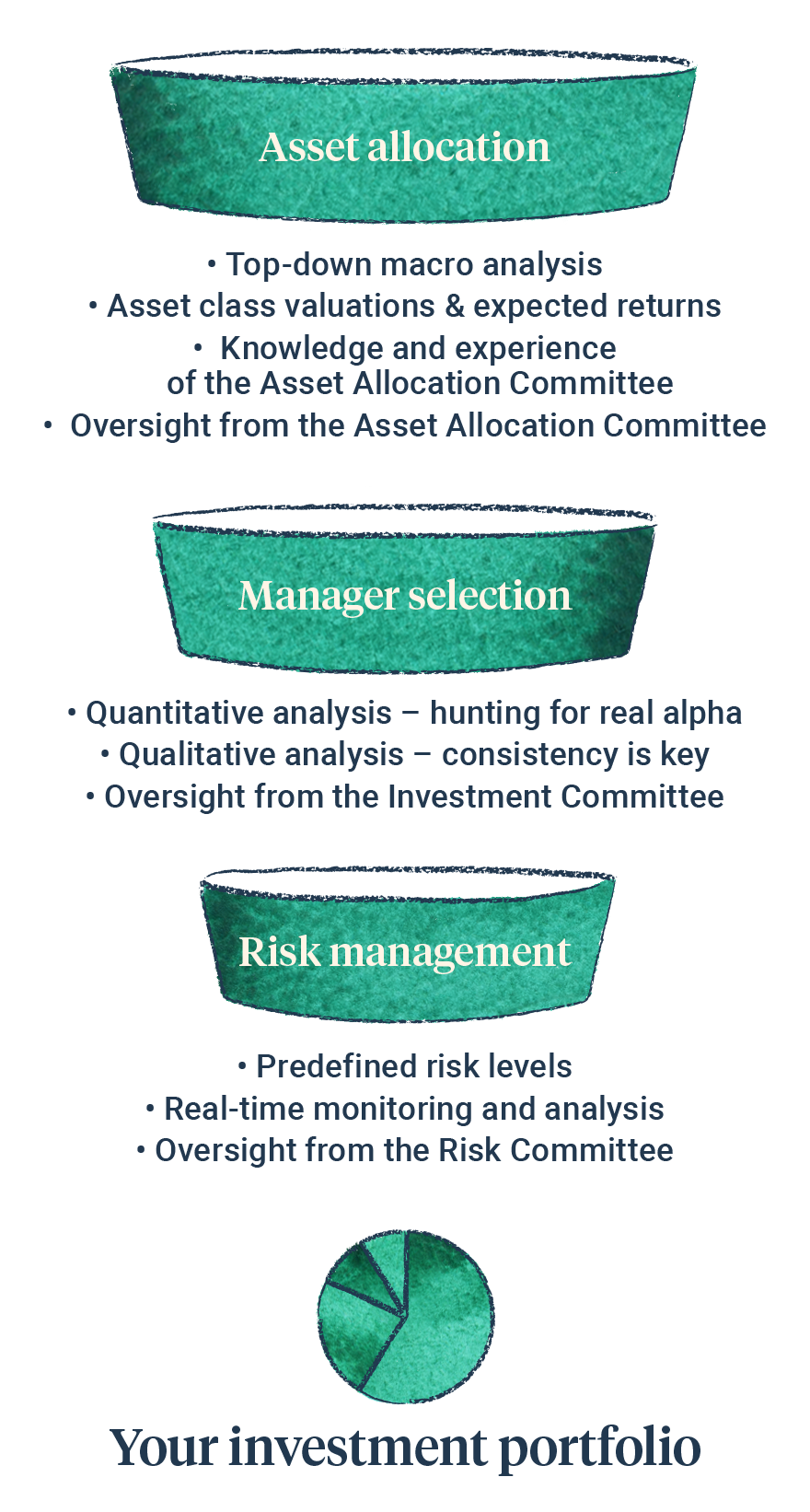Growth (economic)
Economic growth has been fairly resilient over the last few months. Recently boosted by falling energy prices, loosening of covid restrictions in China, and liquidity injections from central bankers. In the US, the labour market has remained extremely strong, with impressive retail sales numbers, and a recent unexpected increase in new home sales points to stabilisation of this important sector. However, some economic indicators are pointing to weaker growth, particularly within Europe. Business and consumer confidence appear to be waning, new orders have been falling, and measures of financial stress have increased following issues with the banking sector. Indeed, the IMF recently reduced its global growth projections, citing high uncertainty and risks as financial sector stress adds to pressure from tighter monetary policy and Russia’s continuing war in Ukraine. Notably though, the IMF still expects positive global growth this year and next. There remains significant uncertainty about the future path of economic growth, with estimates ranging from deep recessions across the globe to no recessions at all.
Interest rate & liquidity environment
Because of issues in the banking sector, investors have dramatically shifted their expectations for the path of future interest rates. The market now expects a lower peak, and that rates will be cut sooner. However, in the US there remains a disconnect, the market expects significantly lower interest rates than the decision-makers do (The Federal Reserve). Liquidity fell dramatically last year as policymakers reduced support but has increased from September to today.
Valuations & earnings outlook
Reported corporate earnings have fallen over the last twelve months but have not collapsed. Forecasted earnings imply a shallow recession this year and growth in 2024. Many asset classes are trading more cheaply than historical averages, particularly in government bonds, small US companies, and non-US equities generally.
Sentiment / flows
Short term indicators point towards positive investor sentiment. Markets have been trending above recent averages, market breadth is high and rising, put/call ratios indicate more greed than fear, whilst volatility has been relatively low.







